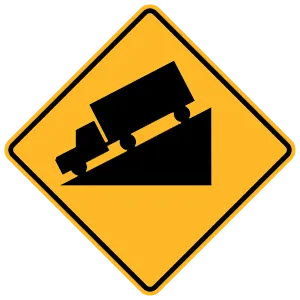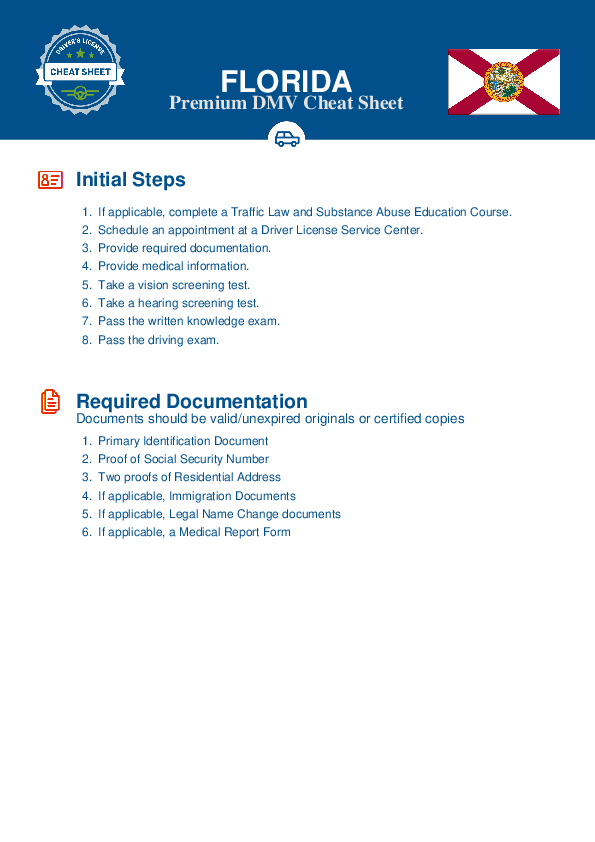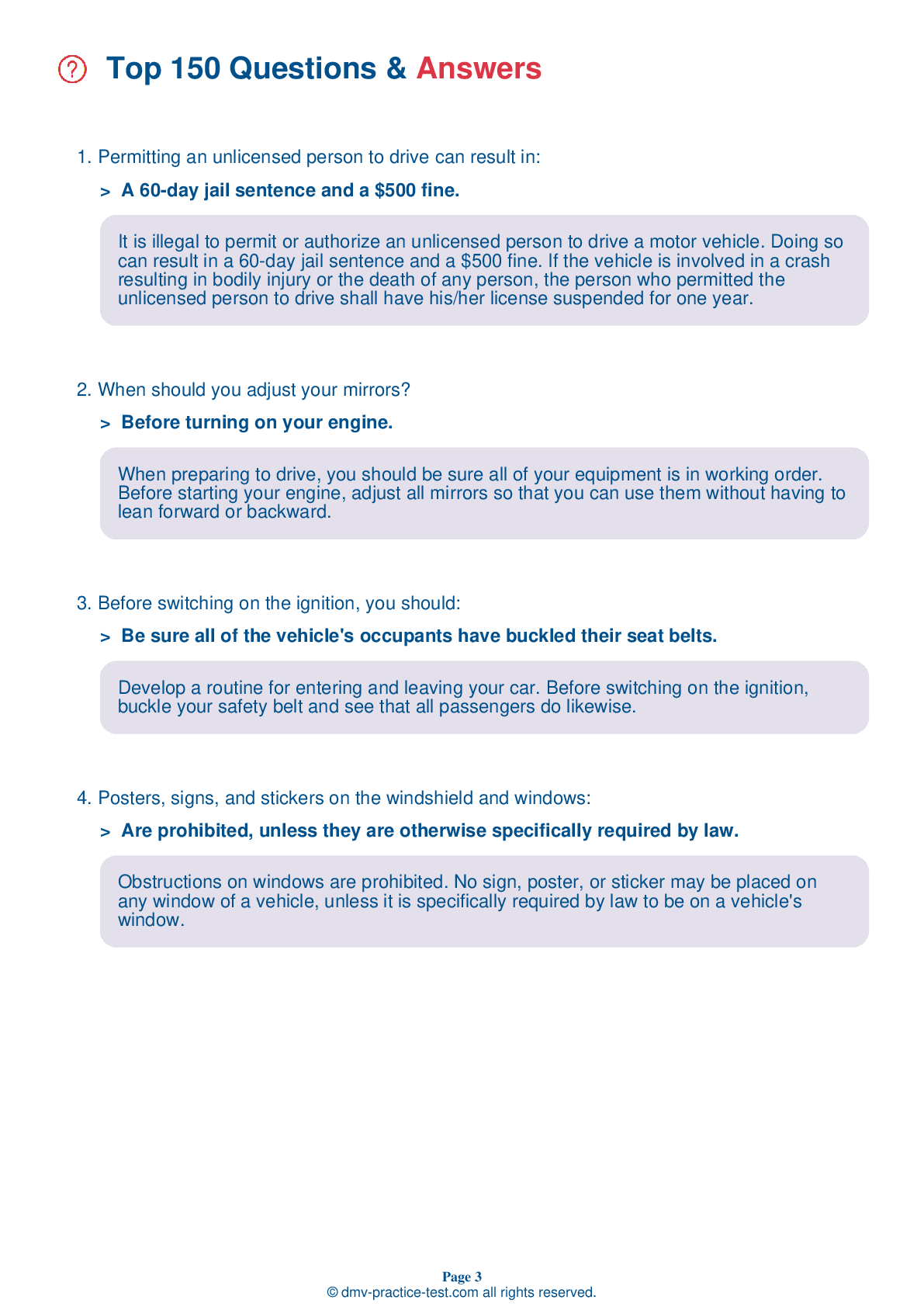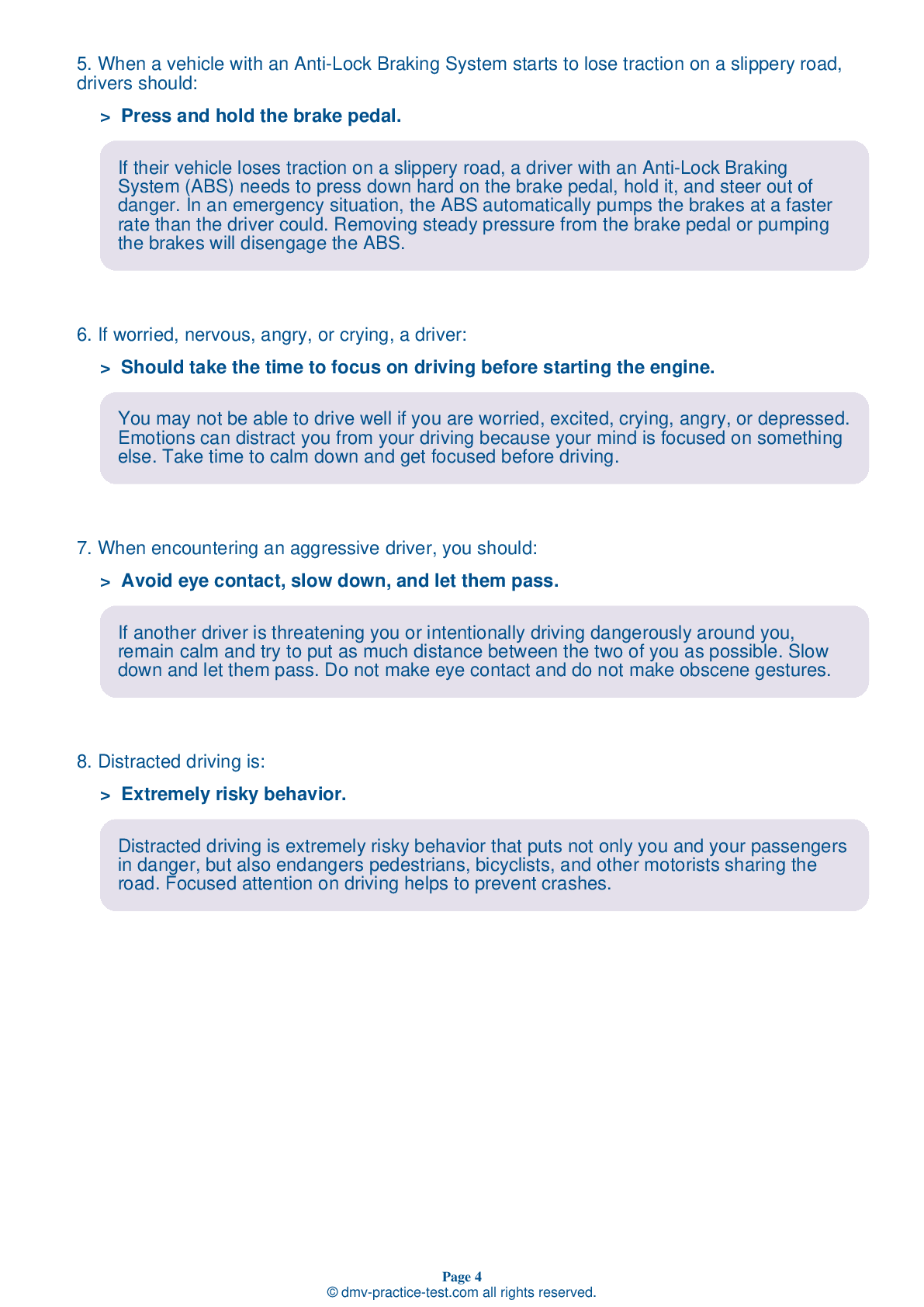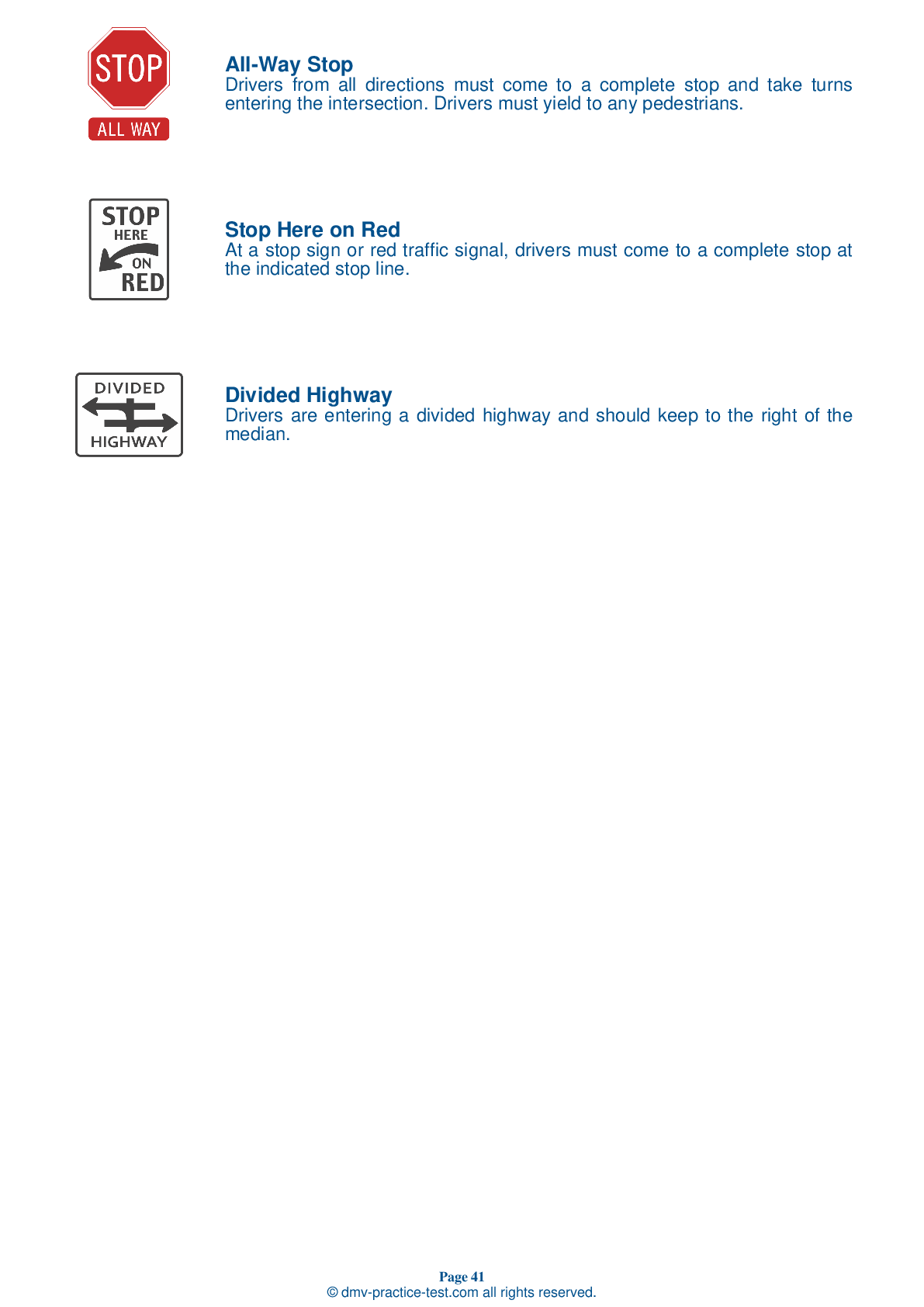FREE Florida DMV Practice Test #18
This set of DMV practise tests for the Florida has been updated for January 2025. It includes questions based on the most important traffic signs and laws for 2025 from the Florida Driver Handbook. To study for the DMV driving permit test and driver's licence exam, use actual questions that are very similar (often identical!) to the DMV driving permit test and driver's licence exam.
Each question on the practise exam has a tip and explanation to help you recall the ideas. Questions about traffic rules, traffic signs, and driving statutes, as well as information from the Driver Handbook, will be included in the written portion of the official DMV test.
You must properly answer 40 of the 50 questions to receive the required passing mark. To help you prepare for your Florida instruction permit or driver's licence, take our DMV practise test.
The DMV exam is offered in a variety of languages.
Using any kind of testing assistance will result in an automatic fail, and the DMV may take additional action against your driver's licence, so stay away from it.
2 . A steady yellow traffic signal means that a ____ light will soon appear.
A steady yellow light on a traffic signal indicates that a steady red light will soon appear.
3 . You may drive around the gates at a railroad crossing:
You are required to stop at all railroad crossings when signals warn of an approaching train. These signals may include flashing red lights, a lowered crossing gate, a flagger signaling, or a train’s audible signal of warning. Do not attempt to go around a lowered gate.
4 . If one of your tires blows out as you are driving, you should:
If a tire blows out while you are driving, hold the steering wheel tightly and keep the car headed straight down the road. Ease your foot off the gas pedal and do not apply the brakes until you have complete control. When the car is under control, brake gently and pull off the road at the nearest safe location.
5 . Allow a larger space cushion than usual when stopping:
You should allow more space in front of your vehicle than usual when you are stopped on an uphill slope. If the vehicle in front of you rolls backward toward your vehicle when traffic begins to move again, it is less likely that there will be a collision.
6 . Which of the following commonly causes traffic accidents?
Driving too fast for conditions is a major cause of motor vehicle crashes. Being inattentive to surroundings can cause a driver to collide with other vehicles. Most rear-end collisions are caused by drivers following other vehicles too closely.
7 . When passing another vehicle on a road with two lanes traveling in opposite directions, you should:
When passing another vehicle on a two-lane roadway, you must return to the right side of the roadway when there is enough room between you and the vehicle you have passed.
See the exact questions that will be on the 2025 Florida DMV exam.
99.2% of people who use the cheat sheet pass the FIRST TIME
LT gives us an insight on how the cheat sheet provided her with all the study questions she needed before taking her test.
Joe initially studied with the handbook and failed his test, he eventually found us online, studied and pass his test the first time around.
